Joey Paquet
Toward Multimodal Interaction in Scalable Visual Digital Evidence Visualization Using Computer Vision Techniques and ISS
Aug 01, 2018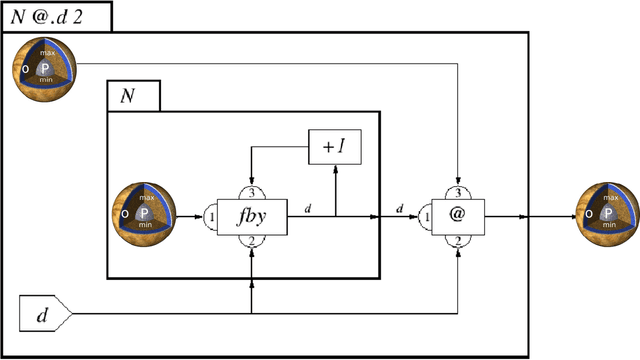
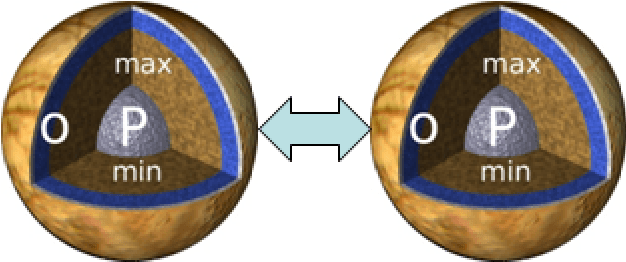
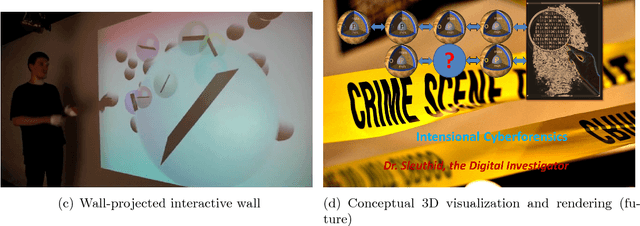
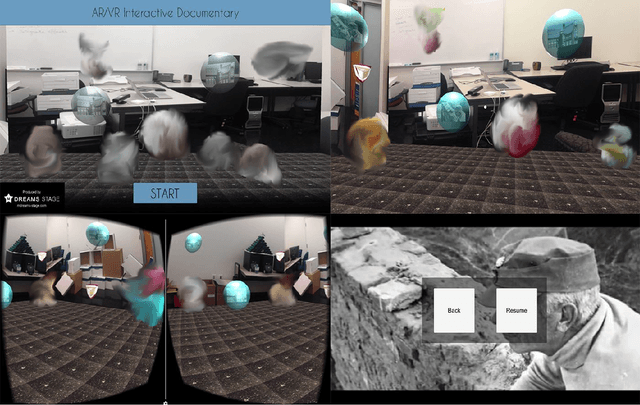
Abstract:Visualization requirements in Forensic Lucid have to do with different levels of case knowledge abstraction, representation, aggregation, as well as the operational aspects as the final long-term goal of this proposal. It encompasses anything from the finer detailed representation of hierarchical contexts to Forensic Lucid programs, to the documented evidence and its management, its linkage to programs, to evaluation, and to the management of GIPSY software networks. This includes an ability to arbitrarily switch between those views combined with usable multimodal interaction. The purpose is to determine how the findings can be applied to Forensic Lucid and investigation case management. It is also natural to want a convenient and usable evidence visualization, its semantic linkage and the reasoning machinery for it. Thus, we propose a scalable management, visualization, and evaluation of digital evidence using the modified interactive 3D documentary system - Illimitable Space System - (ISS) to represent, semantically link, and provide a usable interface to digital investigators that is navigable via different multimodal interaction techniques using Computer Vision techniques including gestures, as well as eye-gaze and audio.
Fast Context-Annotated Classification of Different Types of Web Service Descriptions
May 31, 2018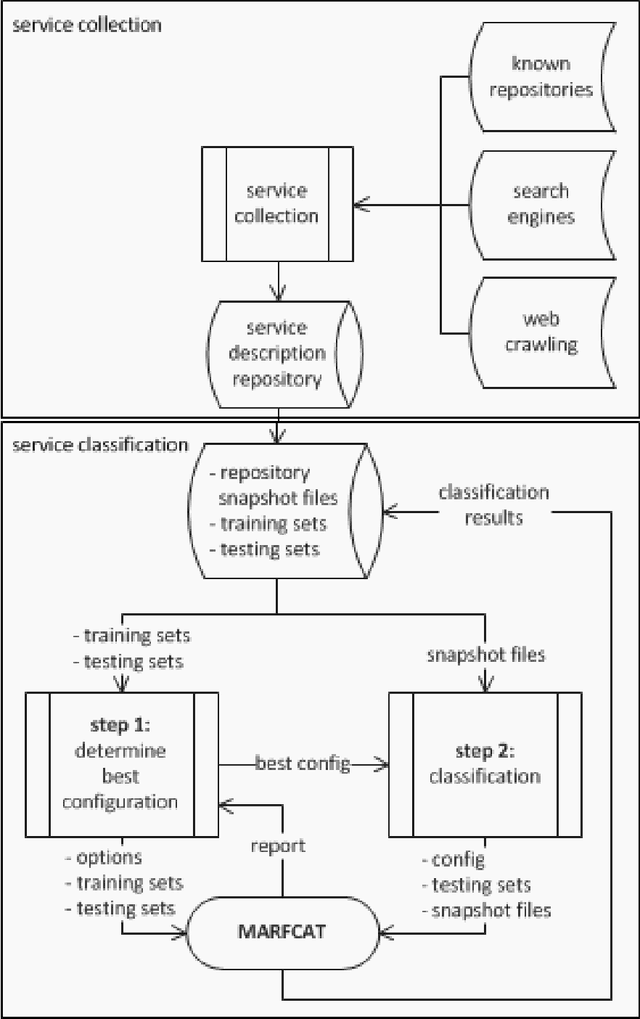

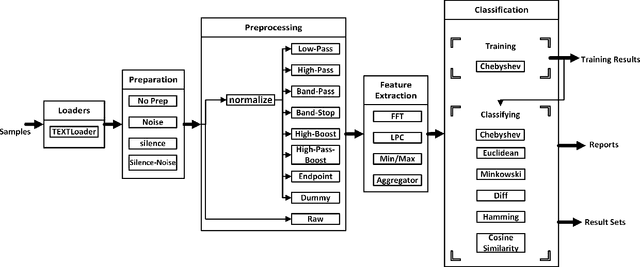

Abstract:In the recent rapid growth of web services, IoT, and cloud computing, many web services and APIs appeared on the web. With the failure of global UDDI registries, different service repositories started to appear, trying to list and categorize various types of web services for client applications' discover and use. In order to increase the effectiveness and speed up the task of finding compatible Web Services in the brokerage when performing service composition or suggesting Web Services to the requests, high-level functionality of the service needs to be determined. Due to the lack of structured support for specifying such functionality, classification of services into a set of abstract categories is necessary. We employ a wide range of Machine Learning and Signal Processing algorithms and techniques in order to find the highest precision achievable in the scope of this article for the fast classification of three type of service descriptions: WSDL, REST, and WADL. In addition, we complement our approach by showing the importance and effect of contextual information on the classification of the service descriptions and show that it improves the accuracy in 5 different categories of services.
MARFCAT: Transitioning to Binary and Larger Data Sets of SATE IV
May 10, 2013



Abstract:We present a second iteration of a machine learning approach to static code analysis and fingerprinting for weaknesses related to security, software engineering, and others using the open-source MARF framework and the MARFCAT application based on it for the NIST's SATE IV static analysis tool exposition workshop's data sets that include additional test cases, including new large synthetic cases. To aid detection of weak or vulnerable code, including source or binary on different platforms the machine learning approach proved to be fast and accurate to for such tasks where other tools are either much slower or have much smaller recall of known vulnerabilities. We use signal and NLP processing techniques in our approach to accomplish the identification and classification tasks. MARFCAT's design from the beginning in 2010 made is independent of the language being analyzed, source code, bytecode, or binary. In this follow up work with explore some preliminary results in this area. We evaluated also additional algorithms that were used to process the data.
 Add to Chrome
Add to Chrome Add to Firefox
Add to Firefox Add to Edge
Add to Edge